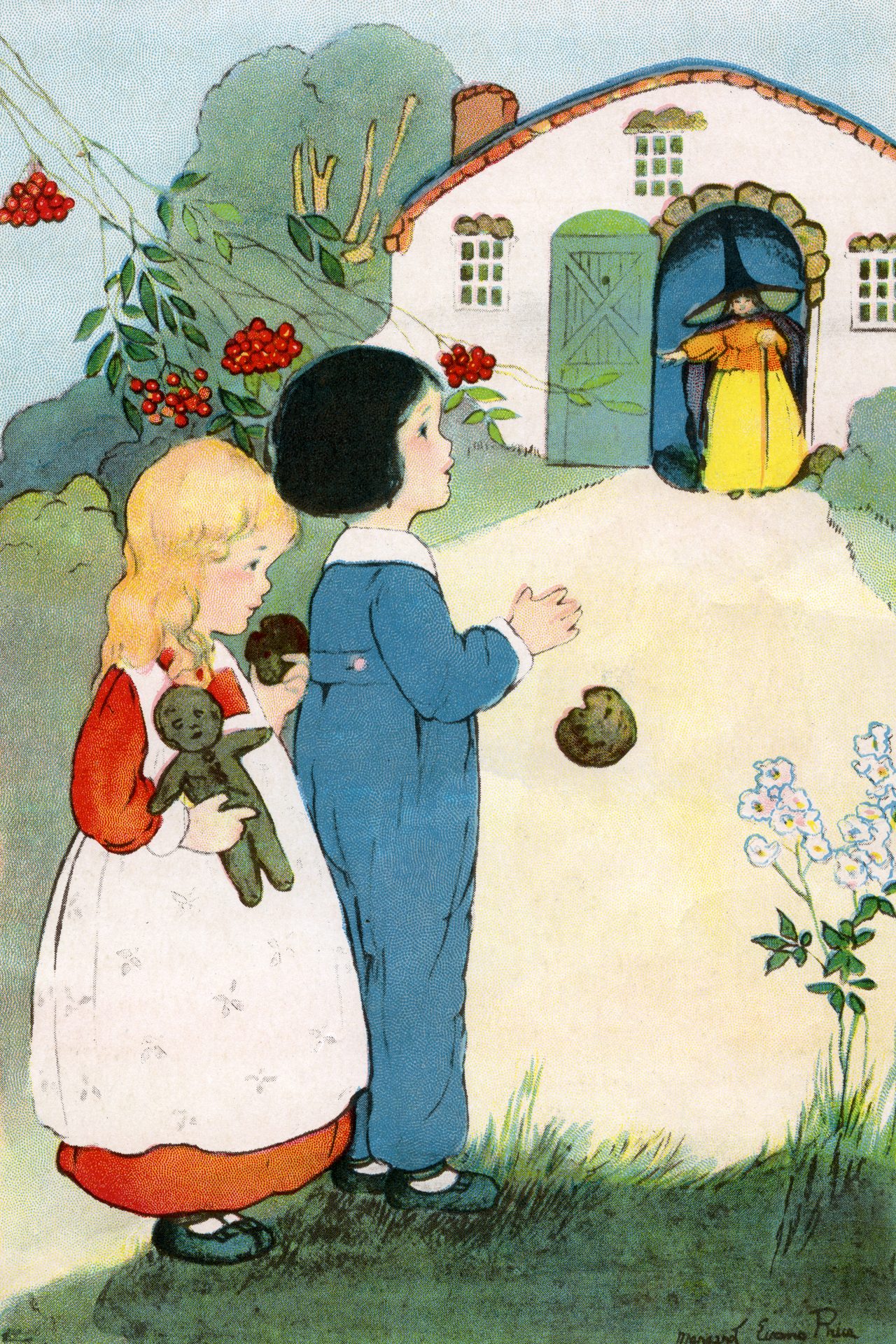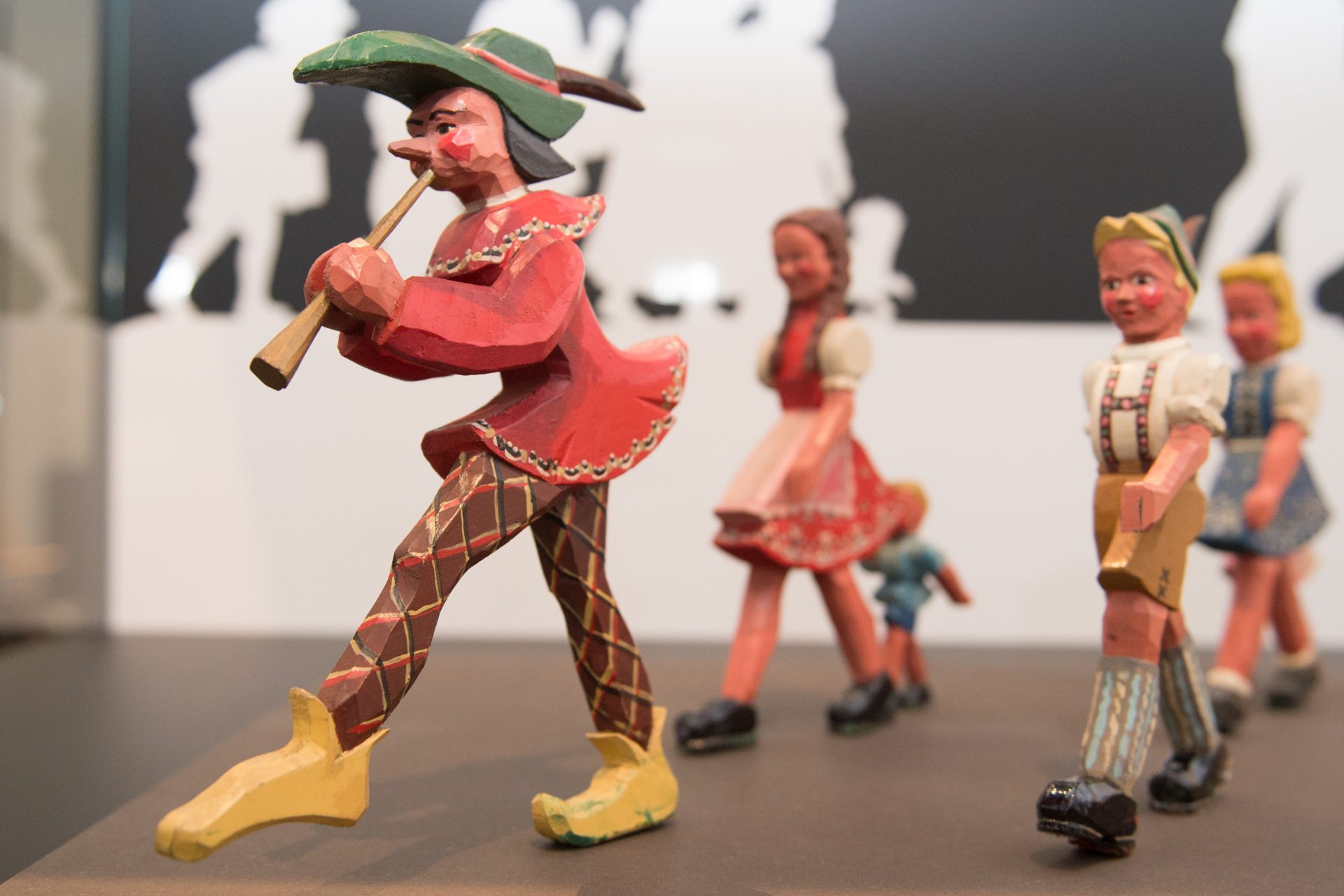The most terrifying classic children's stories
The classic tales by Hans Christian Andersen, the Brothers Grimm, or some other writers of yesteryear often told sordid stories meant to scare their young readers. In our time, many of them have been watered-down, especially by Walt Disney. But are you familiar with the grim side of these stories? Here's the lowdown.
Pinocchio isn't that charming story Disney told us. Not even Guillermo del Toro captured it's terror. In the original version, it's about a cursed puppet that leads its creator down dark paths, challenging morality in a dangerous game with unsettling consequences.
A girl becomes obsessed with a pair of haunted shoes. Her obsession leads her to steal them and forces her to dance tirelessly, facing a macabre dance in which she decides to cut off both her feet so she doesn't die.
In the original version, Little Red Riding Hood wasn't rescued by a hunter but was eaten by the wolf. The s e x u a l connotation is also clear in the original. The wolf, instead of being a wild beast, seduces her gently until she gets into bed herself.
Ariel discovers a song from the depths that attracts sinister creatures, challenging her desire to explore the human world in a sea of dangers. During this journey, she falls in love with a human and offers her soul and voice to a sea witch. Since the human ignores her, she turns into foam, meaning she dies.
In the original version, the clock striking midnight for Cinderella marks a cursed hour. If she doesn't make it back in time, it will trigger terrifying events. Even worse, the two stepsisters have to cut off their heels to fit into the slipper. In the end, doves peck out their eyes. Yikes.
The siblings venture into an enchanted forest where the illusions offered by a house made of sweets seduce them. In the original story, the witch eats them for not being able to suppress their desires.
In the original version, the piper saves the town from rats, and the townspeople decide not to pay him. So, he leads the children with his music to the river, where he forces them to enter and drown.
In the original story, the princess's father locks her in a tower to preserve her from sin, but she yearns to experience what she's been forbidden. So, she lets down her long hair to attract men who can show her what piques her curiosity.
Goldilocks enters an enchanted house out of sheer curiosity and disrupts the bears' habits. Upon seeing their home and customs violated, they devour her. The bears also change size, challenging her perception of what's familiar and terrifying.
Alice is trapped in a distorted country, which actually confronts her own subconscious demons, projecting altered versions of herself that challenge her identity and sanity.
This story, full of grim symbolism, is far from Disney's sweetened version. In the real story, dark themes such as the seven deadly sins (represented by the 7 dwarfs), vanity, and envy are addressed. And as a final kicker, she dies.
This German book, published in 1845, is known for its disturbing and biting content. It's a collection of stories that propose exemplary punishments for disobedient children.
This tale by Neil Gaiman is known for its disturbing and mysterious content, which we also saw in a relatively recent movie, dealing with themes such as manipulation, self-identity, and deceptive appearances.
The first theory explains that the tales were never meant for children; they were created for the amusement of adults, hence their sordid, instructive, and often adult content.
In those times, the considerations we have for children today didn't exist: they were actually seen as little adults in training, to whom, the most effective way to educate, was to instill fear of the consequences of their actions. Indeed, basically all of these stories have strong morals about how to act.. and what could happen if you're bad!



























